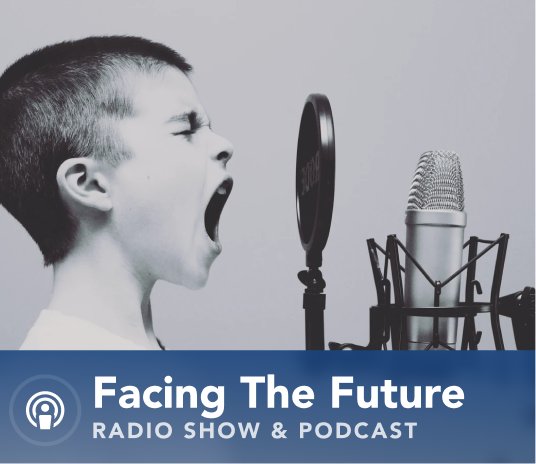This week on Facing the Future, we welcomed back Dr. Phillip Swagel, director of the Congressional Budget Office (CBO) to give us more insight and analysis following the CBO’s release of its annual long-term budget outlook last week. The Concord Coalition’s chief economist Steve Robinson and policy director Tori Gorman, both congressional staff veterans, joined me for the conversation. As director of the CBO, Swagel has a challenging job. The mission of the CBO is to provide unbiased information and research to assist the congressional budget process, including cost estimates of proposed legislation and economic forecasts. This requires a strictly nonpartisan approach and an appreciation for the many uncertainties that must be considered.
The CBO long-term budget outlook looks ahead 30 years to project economic growth and federal budget trends such as revenue, spending, deficits, and debt under the assumption that current laws remain unchanged. This year the CBO projects – among other conclusions – that for the next couple of years annual federal budget deficits will get a bit smaller but then quickly start to ratchet up again – eventually reaching new record highs resulting in the ratio of national debt to Gross Domestic Product (GDP) growing to 185% in 2052, which is nearly double the present ratio of 98%.
While the short-term deficit reduction is welcome, Swagel pointed out that this is mostly a result of the end of emergency spending on the COVID-19 pandemic and associated massive economic relief. Congress has spent more than $5 trillion on emergency pandemic related spending since 2020. With that winding down, deficits will shrink temporarily which will also temporarily lower the debt-to-GDP ratio. But that is only a short lived reprieve, according to Swagel.
“We project the debt at 98% of GDP at the end of this year, and that’s held down for a few years by narrowing deficits and especially by high inflation,” said Swagel. “The debt ratio begins to rise again in 2024. We hit a new record high in 2031 – so once we go above 107% of GDP that’s a new high. And out at the end of the 30 year projection period we reach 185% of GDP and then of course we keep going. The challenge is not immediate, it’s not this year. But the challenge of course is that the trajectory is daunting, and it requires action.”
Swagel says the two largest drivers of deficit spending are rising net interest costs of the national debt, and a growing imbalance between revenues and spending, much of it on health care programs such as Medicare and Medicaid.
“As the amount of debt goes up, we’re paying interest on a larger stock of debt. We also have interest rates rising,” said Swagel. “As the debt level goes up, that also has an impact in driving interest rates higher. The larger debt means we’re more leveraged as a nation. And so an increase in interest rates has a bigger effect on net interest outlays. The second factor is that even though revenues have been strong, we see them as not being as strong over the 30 year horizon as they have been in the last year or two. We still have pretty decent revenues, the challenge is that spending is set to rise – and this is entitlement spending. This is spending on Social Security and the major healthcare programs.”
Swagel says one of the challenges in making any credible projections about the future federal budget outlook or economic growth are factors no one anticipated such as the current sustained inflation – now at its highest level in 40 years.
“Higher inflation feeds into the federal budget on the revenue side and the spending side – higher inflation means higher spending and higher revenue,” said Swagel. “What’s interesting is that those two roughly cancel each other out – they’re roughly a wash – except for interest payments. If higher inflation leads to higher interest rates, then interest outlays go up. And so the danger of higher inflation is coming on the net interest side. If inflationary expectations get unmoored, if people don’t believe that the Fed will succeed in lowering inflation, then we would expect to see interest rates go up and the fiscal challenge getting more difficult. Our forecast has inflation coming down. We see the Fed succeeding over time in reducing inflation and inflationary expectations back towards its target, but it will take some time.”
There are other factors that impact our federal revenues, deficits, and long-term economic growth such as demographics, (immigration, birth rates, and mortality) as well as climate change. Swagel says CBO took a look at each of these factors. He pointed out that demographic factors affect many aspects of the budget and the economy, such as the size of the working age population relative to the size of the retired population.
Hear more on Facing the Future. I host the program each week on WKXL in Concord N.H., and it is also available via podcast. Join my guests and me as we discuss issues relating to national fiscal policy with budget experts, industry leaders, and elected officials. Past broadcasts are available here. You can subscribe to the podcast on Spotify, Pandora, iTunes, Google Podcasts, Stitcher, or with an RSS feed. Follow Facing the Future on Facebook, and watch videos from past episodes on The Concord Coalition YouTube channel.





